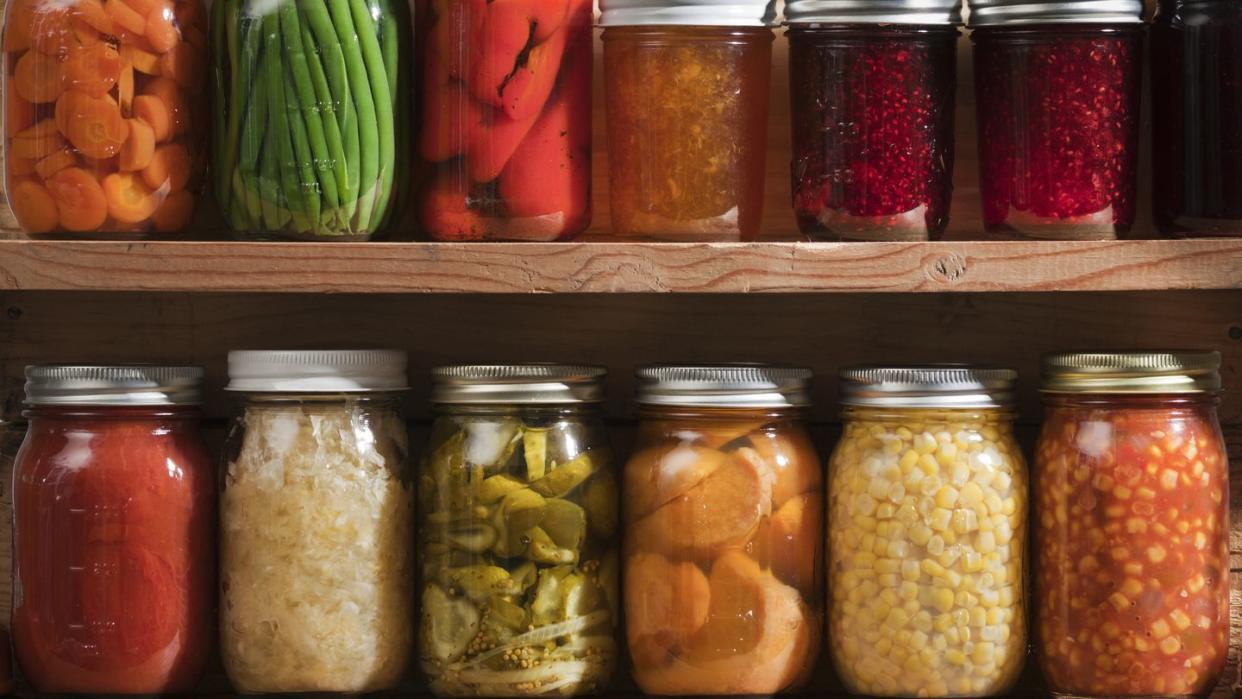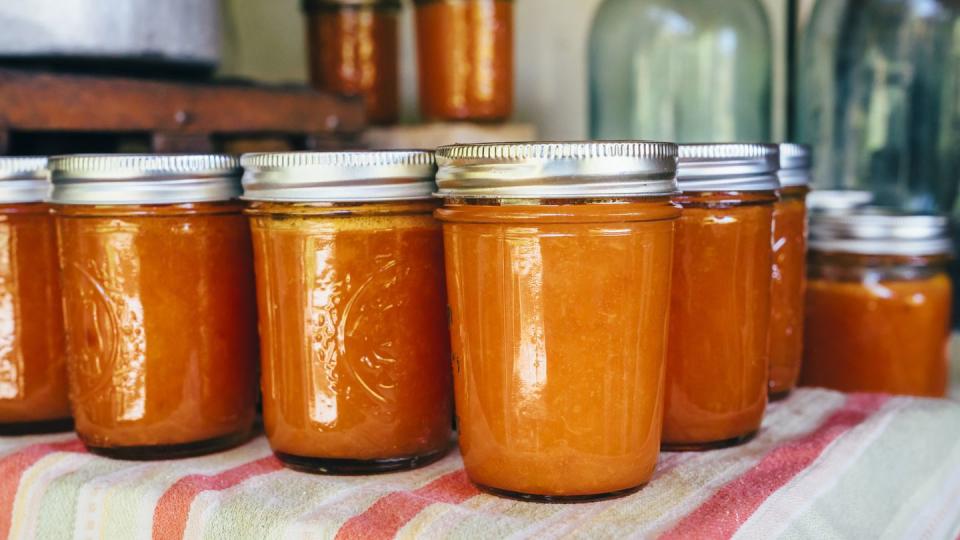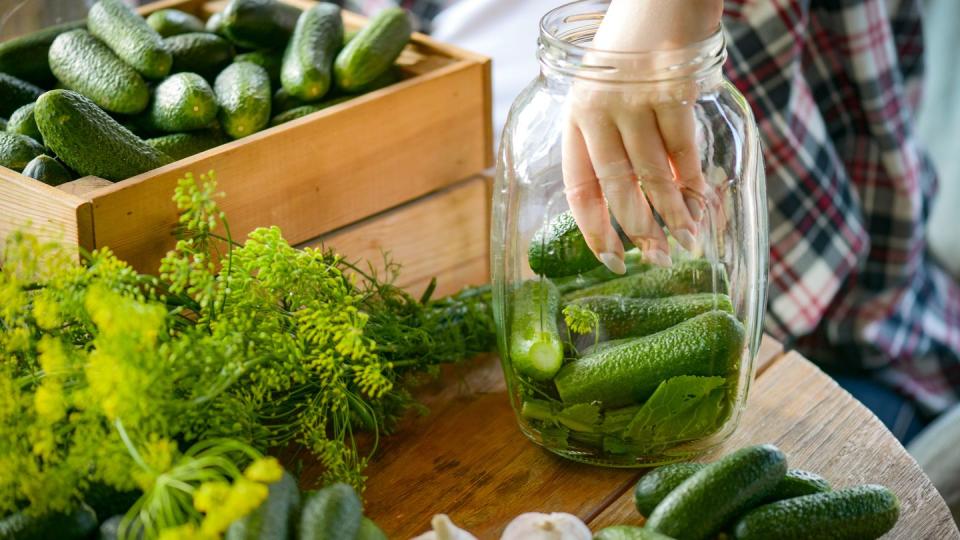Read This Before Canning: It Isn't Hard—But It Can Be Dangerous If You're Doing It Wrong

No season captures the peak of produce like summer. It’s the only time of year we use fresh corn instead of frozen or canned alternatives. Summer tomatoes are the highlight of our warm-weather cooking, while winter tomatoes are the literal bane of our existence.
There’s a reason we turn to preserved versions of our favorite fruits and vegetables: they’re picked at their best. Supermarkets offer canned versions of some of our favorite ingredients: tomatoes, corn, peaches, and more. But if you have your own vegetable garden or happen to stumble on more produce than you know what to do with, home canning is a traditional technique that extends the lifespan of your food and frees up a lot of fridge space.
There are a lot of factors at play when it comes to canning. Missteps at any point in the process can alter the taste of your food and even expose you and your loved ones to harmful bacteria. So here’s everything you need to know before delving into the time-honored tradition of food preservation.
What Does Canning Do?

You may already place your leftovers in containers before storing them in the refrigerator. This protects your food from external contaminants, but that’s only one element of preservation. You need to consider what’s happening inside the container, too.
The food we eat contains unique and complex combinations of bacteria, enzymes, and water. When cooked and eaten within a short period of time, these microorganisms don’t necessarily make a major impact on the food’s integrity and safety. But when you let them thrive and multiply, you’re left with food that’s less than delicious.
To keep food in good shape for prolonged periods of time, you need to tackle both external and internal contaminants. That’s why canning requires extensive food preparation: from washing, to peeling, to adding acid, to heat treating. These all work together to remove oxygen and destroy the enzymes and bacteria that make food go bad.
On top of that, the canning process involves creating a vacuum-sealed environment that prevents any unwanted microorganisms from infiltrating and spoiling the food inside.
What Does The Canning Process Entail?

The most important thing is starting with super-clean ingredients and tools, because even one microscopic germ can proliferate into a massive colony.
Your most affordable and reliable canning vessel is the classic mason jar. These jars are designed specifically for canning and can be reused again and again. But you should always sanitize them before every project. This process typically involves boiling both the jars and the lids in water.
Then you’ll need to work on the food you’re adding to the jars. It’s important that you start with fresh ingredients that are meticulously cleaned. And no matter what you decide to can, make sure that you are following a recipe from a trusted source, like the National Center for Home Food Preservation.
Once you fill your jars almost completely to the top, you can cover them with a lid comprised of a flat disc and a metal ring. Then it’s time to remove any extra air and create a vacuum seal.
You can can create a seal in a pot of boiling water or a pressure cooker, depending on what your recipe requires. This heat treatment process kills any remaining bacteria and enzymes as well as forces any extra oxygen out of the jar.
Then, once the jar is removed and set aside to cool, the temperature change creates the vacuum seal. From there, your canned products can last at least a year at room temperature.
Ultimately, safety requirements vary based on the foods you're preserving. Low-acid foods like meat and most vegetables, for example, present a higher risk for botulism than high-acid ingredients like fruit. If you're ever in doubt, don't leave it to chance—be sure to refer to the USDA's extensive home canning guide or contact an expert at your nearest state university extension for help.
You Might Also Like

